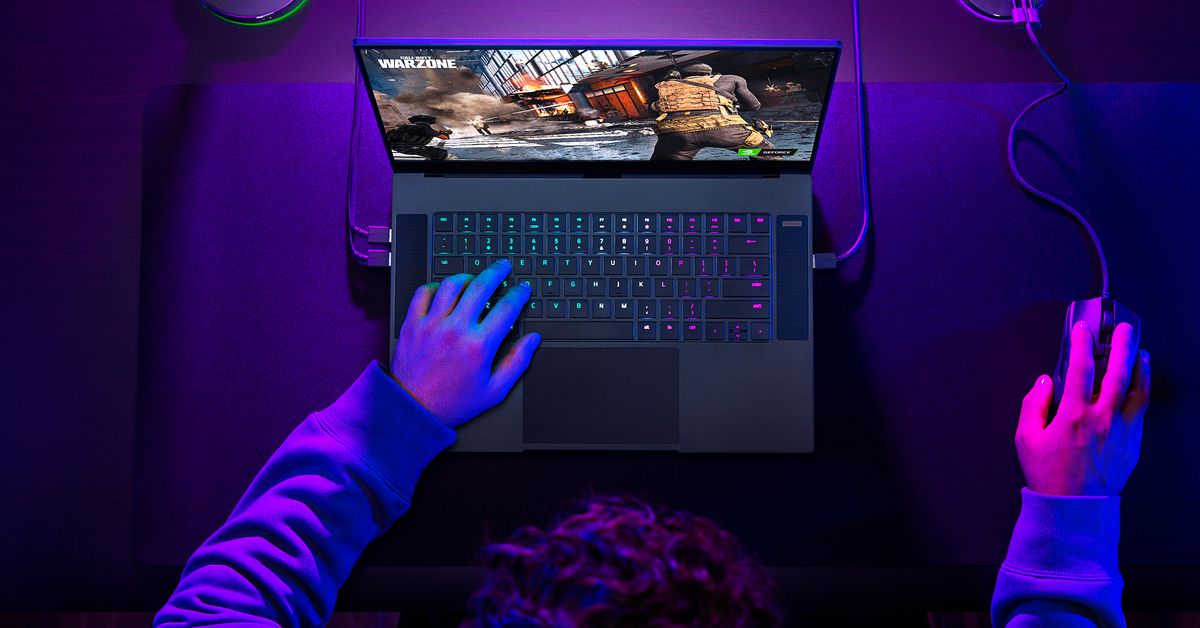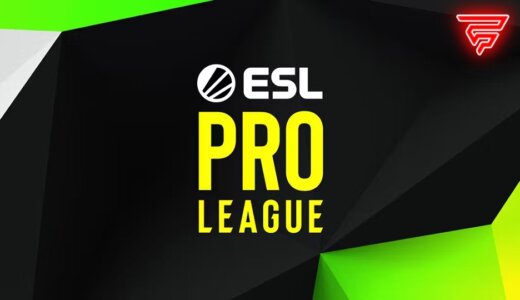Razer gaming laptops have been taking our breath away for the longest time, but are they really worth the asking price? How big is that well-known “Razer tax” and, if it truly is as egregious as some claim, is there a better alternative on the market? These are important questions, and they can also be reconfigured and reformulated in a much more direct way: are we getting bamboozled? And, if so, by how much?
It’s no secret that Razer and their gaming laptops have an enviable position in the tech world. They’re the “Apple of Windows laptops,” and, despite what you might think of the Cupertino-based giant, that’s as big a compliment as it gets.
Simply put, Razer’s design and build quality are second-to-none in the Windows realm. The only laptops that can come close are those from Dell’s XPS line-up and perhaps Lenovo’s own Thinkpad series, although both examples cater to a wildly different audience — one that Razer isn’t interested in whatsoever.
So if you want a gaming-focused machine that’ll floor anyone with its sleek design but also pack a ton of power underneath its hood, then Razer is pretty much the only option. As a company, they’ve been going for that “exclusive” vibe from the very start, and it’s obviously paying dividends.
No True Alternatives
When you have the best build quality and the best specs housed in the smallest and most jaw-dropping enclosures, then you can charge as much as you want. There’s really no one out there to stop you and that’s fair — it’s a free market, after all. If there’s no competition, then it’s certainly not Razer’s fault, given how they’re neither an IT conglomerate nor a tech giant akin to Asus, Dell, Lenovo, etc.
Of course, they’re by no means a small start-up, but the numbers they’re generating pale in comparison. And, frankly, the fact that they’ve even gotten this far in the face of such stiff competition speaks volumes about their dedication and ability to create a niche product that’ll stand on its own merits. So credit where credit is due.
Take any of their machines and put them next to an Alienware laptop or an equivalent offering from Dell (or even HP’s own OMEN line-up, for that matter) and you’ll let out a rapturous laugh. It’s like comparing a tool used by a consummate professional and a child’s toy. One is slender and mesmerising, and the other is chunky, thick as a baseball bat, and downright dreadful from a visual standpoint.
If it didn’t have the glowing Razer logo, you could easily mistake it for something a CEO or a high-level executive would use. And sure, there are a couple of models that trade the green, glowing snake for a more muted one (laser-etched, no less), but as a whole, it’s still done in bad taste. Then again, it’s all subjective — at least you have options!
Razer gaming laptops are purpose-built and designed to awe at first glance. That’s why they’ve found so much success over the years — they’ve been engineered to impress. Other manufacturers definitely stepped up, but so did Razer, albeit in a wholly unexpected way: by lowering their well-known “Razer tax.” Their products are still sold at a premium, but it is no longer as obscene as it once was. That’s the beauty of a competitive market, and it was bound to happen as the “gaming laptop” niche grew over the years.
Let’s Talk Specs
Razer’s gaming laptops have always been exceptional machines from a hardware standpoint, and that’s true today as much as it was ten years ago when the first Blade was released. Razer knows that gaming requires some cutting-edge tech, and the more potent the hardware the better the performance. Still, they haven’t always been on the mark. At times they’ve packed in too much inside their portable machines which resulted in obscene amounts of fan noise and temperatures that were out of control.
But that’s just physics. These components require a metric ton of power in order to drive the latest and greatest titles, so we can’t have it both ways.
Razer is also one of those companies that always updates its products whenever there’s a brand-new series of graphics cards and processors available — at least when they’re from NVIDIA and Intel, respectively. So, for instance, the RTX 3000 series of GPUs can already be found in Razer’s Blade series, paired with Intel’s tenth-generation H-series processors (45W). It’s a mighty combination, albeit not the best one possible.
Fortunately, if the rumor mill is to be believed, Razer will finally shift over to “team red” and will equip their upcoming laptops with AMD’s Ryzen processors — the best and most capable (mobile) CPUs on the market today. They’re manufactured in a 7nm process which means they’re far more efficient and powerful than anything Intel has to offer. They’re absolute beasts and can churn through any task or game you might throw their way. This should, in turn, result in lower fan noise, longer battery life, and a lot more horsepower within the exact same footprint. An upgrade all-around!
So if you’ve been saving up and want to splurge on a brand-new gaming laptop, hold tight for a little longer — these Ryzen-based laptops from Razer will be well-worth your hard-earned money!
A Fair Price to Pay
Razer’s gaming laptops are still far from cheap. Of this we’re all aware. Then again, in all fairness, they’re not exactly geared towards the budget-conscious gamer, so it’s hard to fault them for it. They’re a premium product packed with premium components and designed and packaged within a jaw-dropping enclosure. It is a luxurious mix through and through which invariably comes with a lofty price tag.
If you’re looking for the absolute best gaming laptop money can buy — “best” in a more broad, all-encompassing sense — then Razer is impossible to beat. Other manufacturers don’t have anything quite as premium or beautiful to offer, so it’s either Razer or nothing at all. Then again, if aesthetics aren’t your main concern, the Asus ROG Zephyrus G14 or HP OMEN 15 are also viable options (just to name a few). They’re not built as well (nor are they a sight for sore eyes), but they’ll definitely get the job done!








